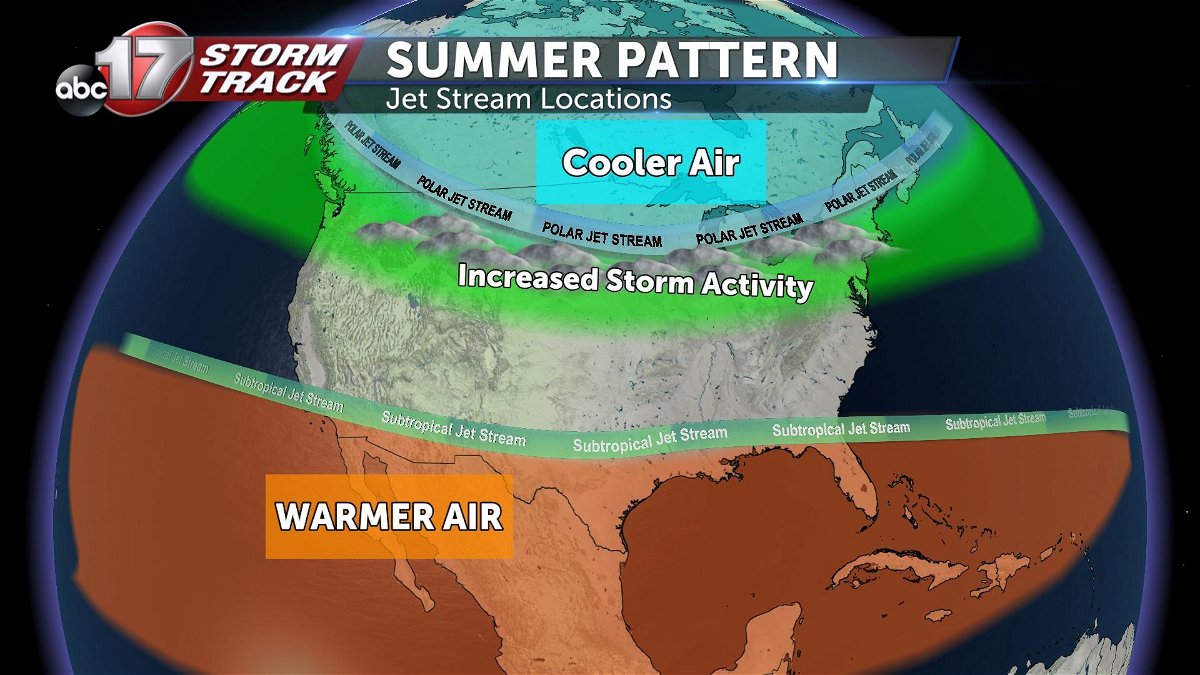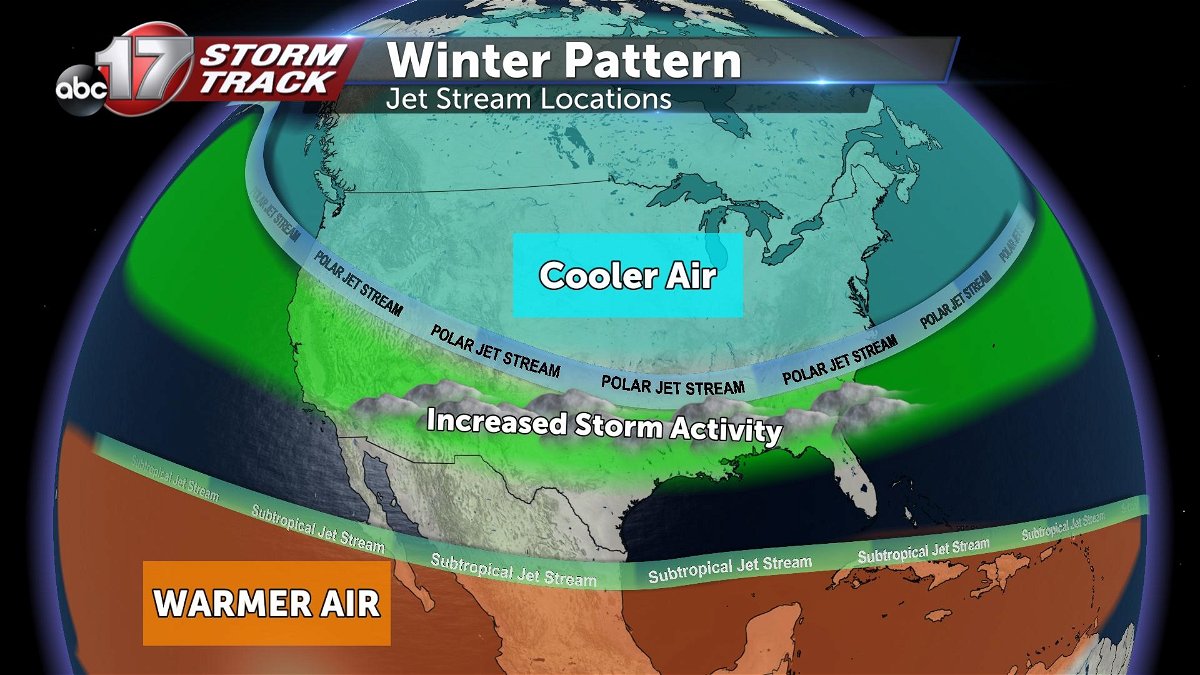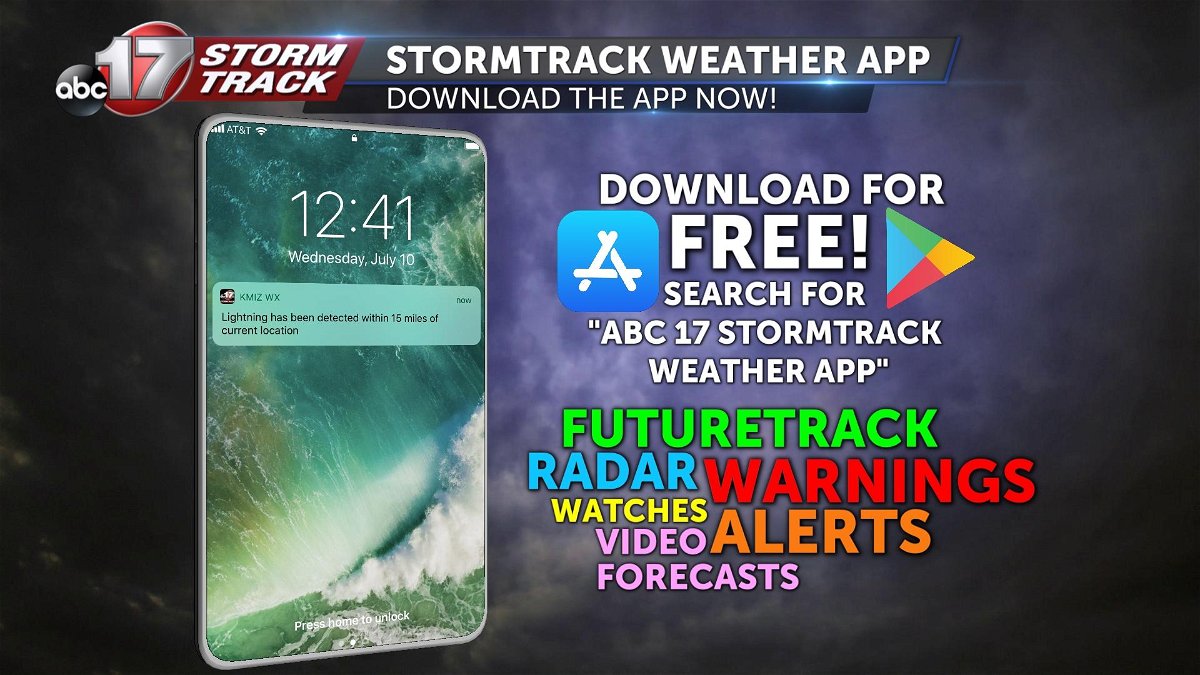Fall severe storm season
Most people associate strong to severe storms typically during the season of Spring. Generally, the majority of stronger storms are more present during this period. However, many people are unaware that there is another surge of strong to severe storms here in the Midwest. This secondary surge is during months of Fall. Although not typically as eventful as Spring, many devastating storms have caused extensive damage across Mid-Missouri.

On October 24, 2021, a strong storm system brought dangerous storms to the Midwest and even here in Central Missouri. Three tornadoes were recorded within the KMIZ viewing area. Two of the three touchdowns occurred in Sedalia city which lies in Pettis county. Both of these short-tracked tornadoes were rated as EF-0 tornadoes. Thankfully, there was no injuries or damage to any property for these two brief tornadoes. The third tornado touchdown occurred northwest of Richland in Camden county. This tornado was stronger with winds up to 90 mph, allowing for the designation of an EF-1 status. This tornado damaged a barn and tore the roof off of one home.
Across the entirety of the state, there were seven confirmed tornadoes recorded on the 24th of October.

Storms typically form along a boundary. One side of the boundary has warmer air, while the other has cooler air. The air masses collide at the boundary and the warmer more buoyant air is forced to rise. As this warmer air rises, it slowly cools and condenses with particles in the air eventually forming clouds and given the right circumstances cloud.

Now that we understand the basics of storm formation, we can dive into the upper atmosphere. There are two main upper level jet streams in the northern hemisphere. The first is called the Polar Jet Stream, while the second is referred to as the Subtropical Jet Stream. Air to the north of the Polar Jet Stream is cooler and drier while air to the south of the Subtropical Jet stream is warmer and more moist. the air between both streams is more temperate. Storm formation increase typically near the boundary of the Polar Jet Stream cooler air and warmer air mix more often in this area. This leads to increased storm activity along this boundary.
During the summer months, both jet streams move to the north, forcing the cooler air away from the Midwest providing our usual summertime heat.

As the months trend toward the winter, both jet streams reside to the south of the Midwest allowing for the influence of the cooler air from the Polar Jet Stream to give way to cooler temperatures. The in between time is known as Spring earlier in the calendar year, and Fall later on. These two periods of time see the Polar Jet Stream pass directly overhead increasing storm activity leading to increased chances of strong to severe storms.

You'll want to always keep an eye out for severe weather by downloading the ABC17 Stormtrack Weather App throughout the year, but during the Spring and Fall months, make sure to pay extra close attention to stay safe.
